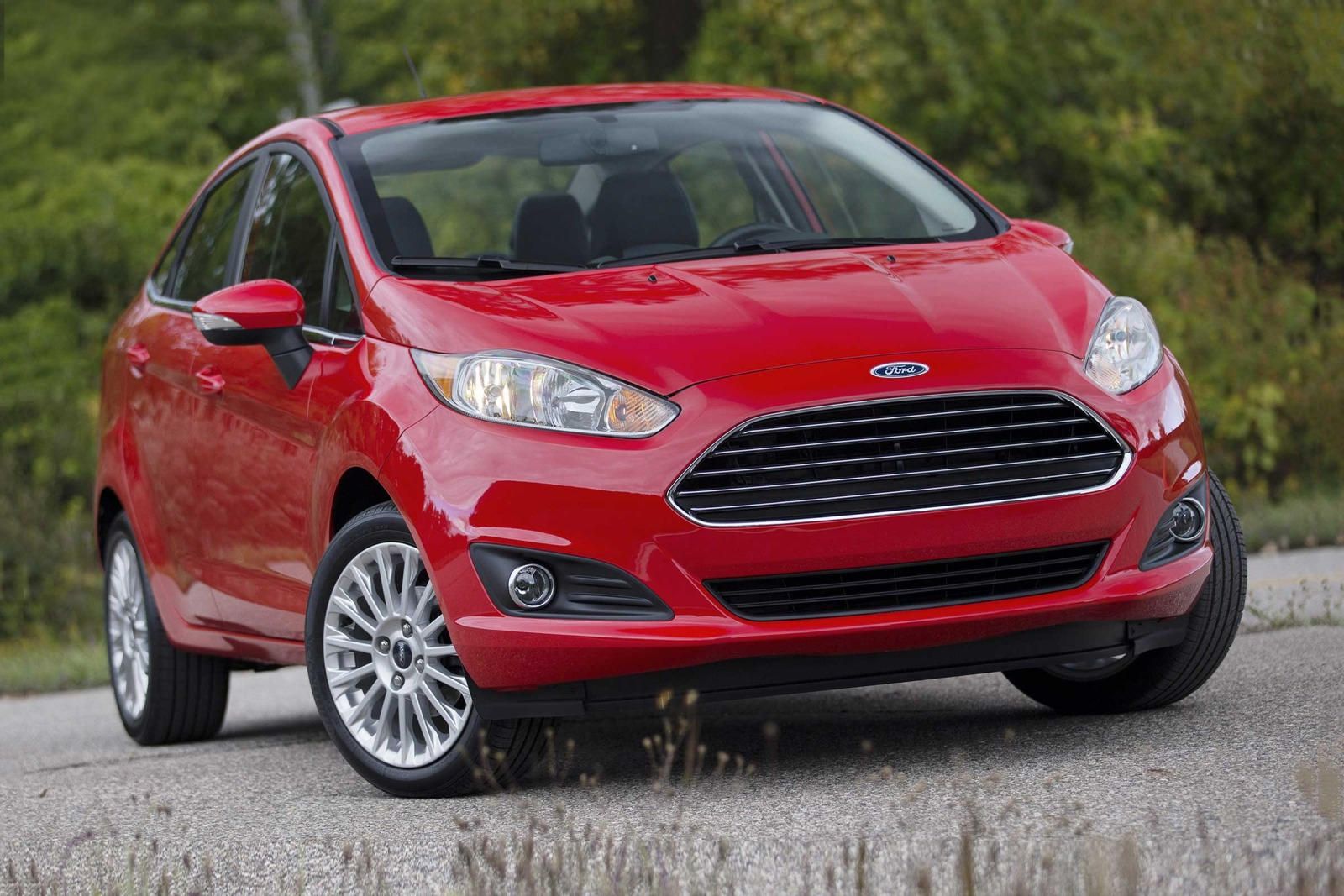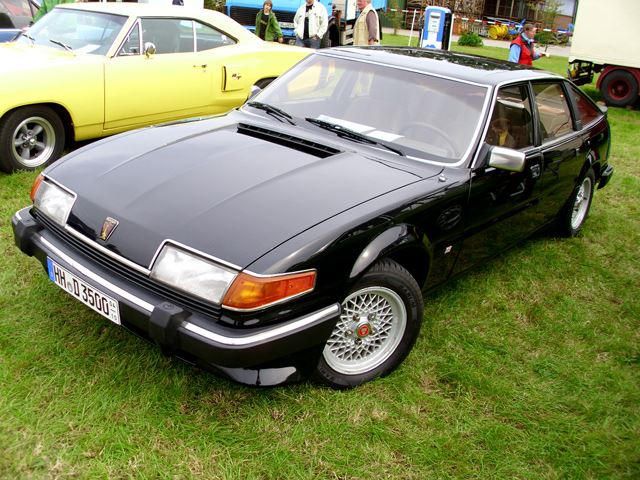
It's very easy to view the 1970s and 1980s as a disastrous time for the British motor industry. Even before you start tracing the eventual demise of many of the UK's native car manufacturers back to this point in history, this period wasn't exactly a Golden Age for Britain's auto makers. This was an era, for instance, where the huge British Leyland conglomerate was in such a dire financial state that it required government intervention in order to save it.
An acceptable solution today, in a world where the Bush and Obama regimes bailed out almost the entire US car industry, but this was a nigh-on unheard-of measure in the 1970s. Factor in the swathes of strikes and the hordes of truly awful cars that British Leyland made during this time (do we really need to explain why the Morris Marina was rubbish?), and you'd be forgiven for thinking that hardly anything worthwhile rolled off the production lines. In spite of all of this, though, the various companies that made up British Leyland were able to make some genuinely great cars. And perhaps the most noteworthy of them all from the 1970s was the Rover SD1.
We'd love to dedicate this piece to the entire Rover SD1 range, but that's sadly not possible, as the car was actually sold in the United States for a very brief period of time. However, there was one particular variant that the American market never got hold of: the flagship, performance-oriented 'Vitesse' model. Sportier Rover SD1s had existed before the Vitesse's big launch in 1982, but these weren't road cars – instead, they were racers in the British Saloon Car Championship (the precursor to today's British Touring Car Championship). But it was the relative success of these racing cars that convinced the British Leyland higher-ups to commission a road-going equivalent.
The end result of this project, however, was a genuinely great sports sedan. Critics back in the day commended the SD1 Vitesse favorably against cars like the Saab 900 Turbo – itself one of the best performance models of the time. Plenty of details contributed to the Rover SD1 Vitesse being referred to as a "poor man's Aston Martin," but perhaps the biggest was the engine. As with many other SD1 variants, punch came from the now-iconic Rover V8, but this one was pretty special – not only was it the biggest, at 3.5 liters, but the claimed 190 hp output made it the pokiest one, too. This endowed the Vitesse with pretty quick pace for the 1980s.
Yes, the 0-60 mph sprint time of seven seconds and the 135 mph top speed are surpassed by Ford Fiesta STs nowadays, but that kind of pace in back then was enough to put the Vitesse among some very capable performance sedans, like the BMW 525i and the aforementioned Saab. And those cars didn't emit a gloriously characterful V8 rumble from their exhaust pipes. It also helped that the SD1 Vitesse drove pretty well. Gone was the soft, rolling driving experience that had characterized most SD1 variants up to that point, with the replacements being stiffer suspension, better brakes, quicker steering (a 21st century Ferrari-aping 2.5 turns lock-to-lock).
Even with a live rear axle potentially ruining all of Rover's hard work, the SD1 Vitesse was an engaging and intuitive car to drive quickly. The Vitesse was also successful when it was re-introduced to its touring car routes – Andy Rouse and Tim Harvey drove SD1 Vitesses to British Saloon Car Championship glory in 1984 and 1987 respectively. Even a rally car was spawned from the Rover Vitesse touring car project. Admittedly, that venture wasn't quite as successful, but the lessons learned from the rally stages did feed back into the development of those incredibly competitive tin-top racers.
Sadly, the SD1 Vitesse marked an end of an era for Rover. For instance, the Vitesse was the last Rover model to be powered by that charming V8 engine, and all future Rovers would be at least partly based on cars from other custodial companies. As far as closing chapters go, then, few are as fitting a farewell than the mighty Rover SD1 Vitesse.

